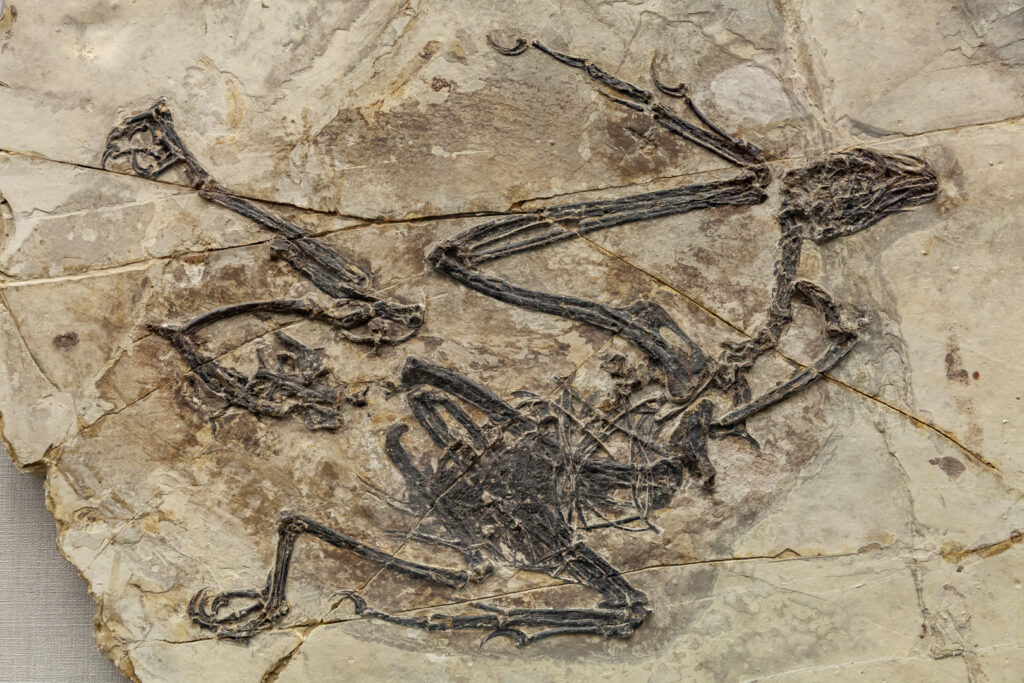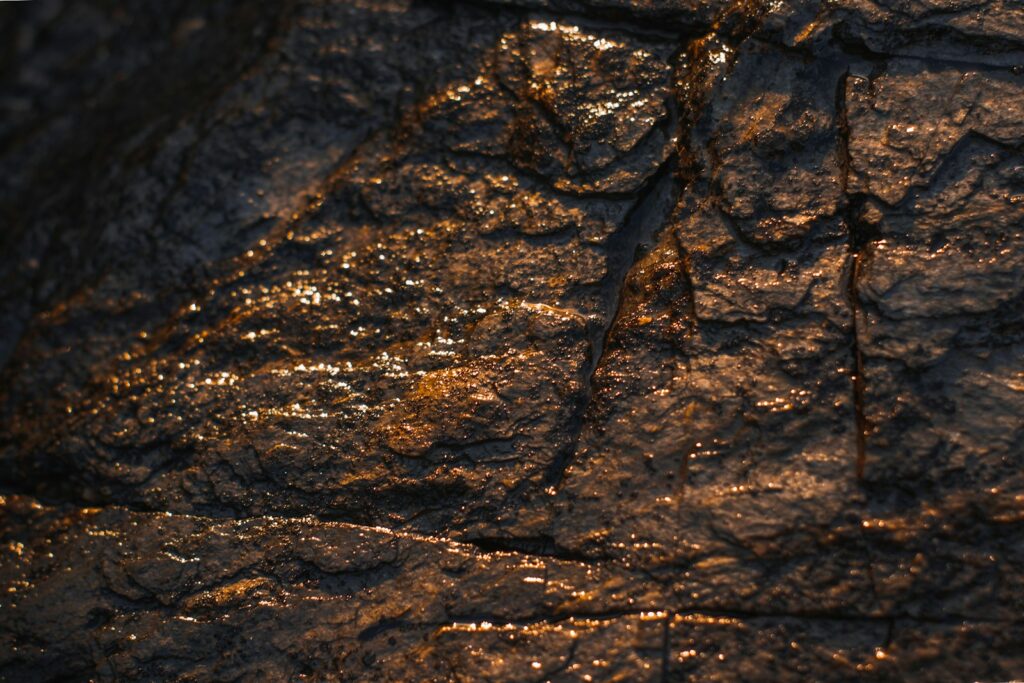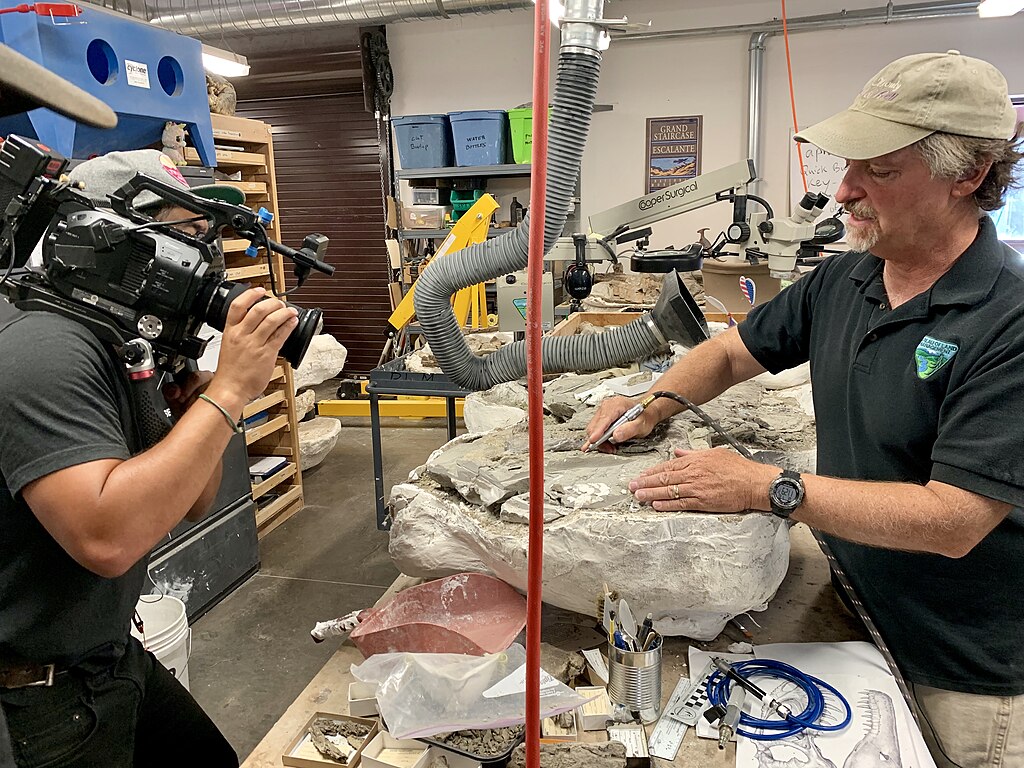The discovery of dinosaur fossils has transformed our understanding of Earth’s history and revolutionized scientific inquiry across multiple disciplines. These ancient reptiles, which dominated terrestrial ecosystems for over 160 million years, have become far more than just museum attractions or subjects of fascination for children. Dinosaur research has pioneered new methodologies, challenged long-held assumptions about evolution and extinction, and created bridges between previously disconnected scientific fields. From geology to genetics, paleontology to physiology, the study of dinosaurs has fundamentally altered how we approach scientific questions and interpret the natural world. This article explores the profound and often unexpected ways these prehistoric creatures have shaped modern scientific thought and practice.
The Birth of Paleontology as a Modern Science
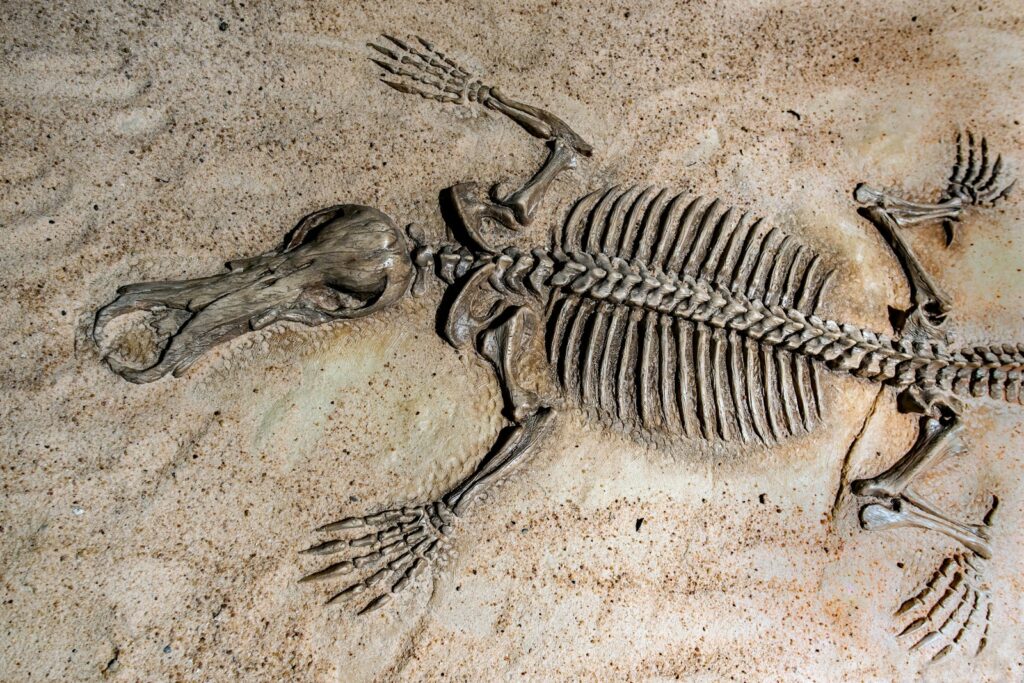
While fossil collection dates back to ancient civilizations, the systematic study of dinosaurs catalyzed paleontology’s emergence as a rigorous scientific discipline. The early 19th century marked a turning point with discoveries by figures like Mary Anning, Gideon Mantell, and William Buckland, who unearthed remains that defied classification within known animal groups. These findings demanded new methodologies and theoretical frameworks, essentially creating the foundations of modern paleontology. The public’s fascination with these discoveries generated unprecedented funding and interest in natural history, allowing the field to develop rapidly. By establishing techniques for excavation, preservation, and reconstruction of ancient life, dinosaur research created the systematic approach that defines paleontology today and continues to influence how we investigate Earth’s biological past.
Revolutionizing Our Understanding of Deep Time
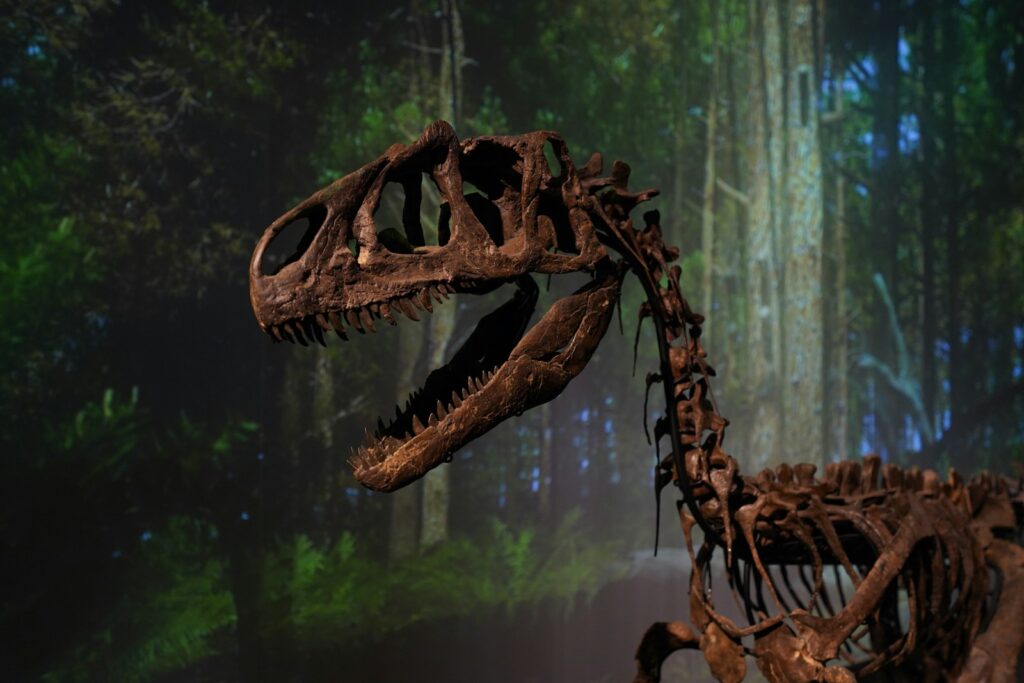
Before dinosaur discoveries, the concept of Earth’s true age remained constrained by religious and cultural perspectives that suggested a relatively young planet. The unearthing of massive dinosaur fossils in rock layers deep beneath the surface demanded a radical reconsideration of geological time. Dinosaur fossils provided tangible evidence that Earth had experienced vastly longer timescales than previously imagined, supporting the emerging geological theories of James Hutton and Charles Lyell about uniformitarianism and deep time. The stratigraphic positioning of different dinosaur species helped scientists develop more accurate geological dating methods and refine the concept of the geological column. This fundamental shift in temporal perspective reverberates through all earth sciences today, providing the chronological framework essential for understanding evolutionary processes, climate change patterns, and geological formations.
Catalyzing Evolutionary Theory and Biological Classification
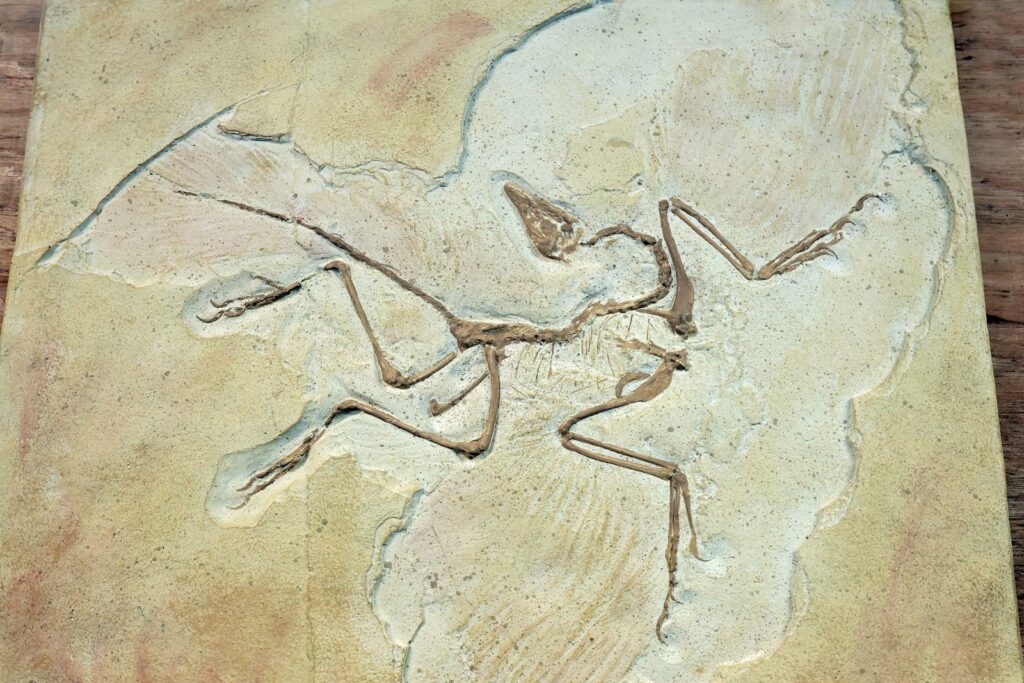
Dinosaur discoveries provided critical evidence that supported and refined Charles Darwin’s revolutionary theory of evolution. The identification of transitional fossils and the clear progression of traits across dinosaur lineages offered compelling demonstration of evolutionary processes occurring over millions of years. Particularly significant was the discovery of Archaeopteryx in 1861, just two years after Darwin published “On the Origin of Species,” which revealed a creature with both dinosaurian and avian characteristics—precisely the kind of transitional form Darwin’s theory predicted. The need to classify increasingly diverse dinosaur species drove innovations in taxonomy and cladistics, developing sophisticated methods for determining evolutionary relationships that now extend throughout biology. Modern phylogenetic analysis, which maps the evolutionary relationships between all living things, owes much of its methodological foundation to techniques first developed to understand dinosaur relationships.
Transforming Scientific Visualization and Communication

Dinosaur research pioneered new approaches to scientific visualization that revolutionized how complex scientific concepts are communicated to both specialists and the public. The challenge of accurately depicting creatures known only from fragmentary remains drove innovations in scientific illustration, beginning with early Victorian artists like Waterhouse Hawkins and evolving through to modern digital reconstruction techniques. These visualization methods have since been adopted across scientific disciplines, from molecular biology to astronomy. The popularization of dinosaur knowledge created models for effective science communication that balanced accuracy with accessibility, generating public interest while maintaining scientific integrity. Today’s science museums, documentary filmmaking, and popular science writing all reflect approaches first developed to communicate paleontological discoveries, demonstrating how dinosaur research helped bridge the gap between specialized scientific knowledge and public understanding.
Establishing Interdisciplinary Scientific Approaches
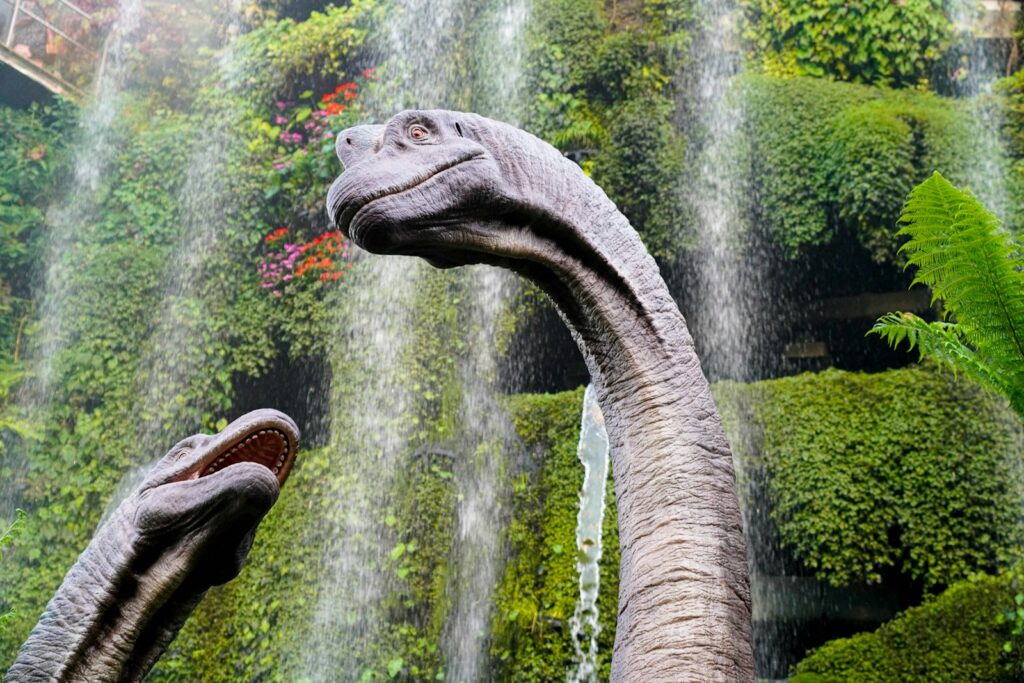
The complexity of dinosaur research necessitated collaboration across traditionally separate disciplines, establishing a model for interdisciplinary science that continues today. Studying these ancient creatures effectively required integrating knowledge from geology, biology, anatomy, chemistry, physics, and eventually computer science. The “Dinosaur Renaissance” of the 1960s and 1970s, led by paleontologists like John Ostrom and Robert Bakker, exemplified this approach by combining fossil evidence with principles from thermodynamics, comparative anatomy, and ecology to radically revise conceptions of dinosaurs as active, warm-blooded animals. This interdisciplinary model has become standard practice in modern science, with major research questions increasingly addressed through collaborative approaches that transcend traditional academic boundaries. Dinosaur research demonstrated that the most significant scientific advances often occur at the intersection of different fields, a principle now recognized across the scientific community.
Developing New Field and Laboratory Techniques
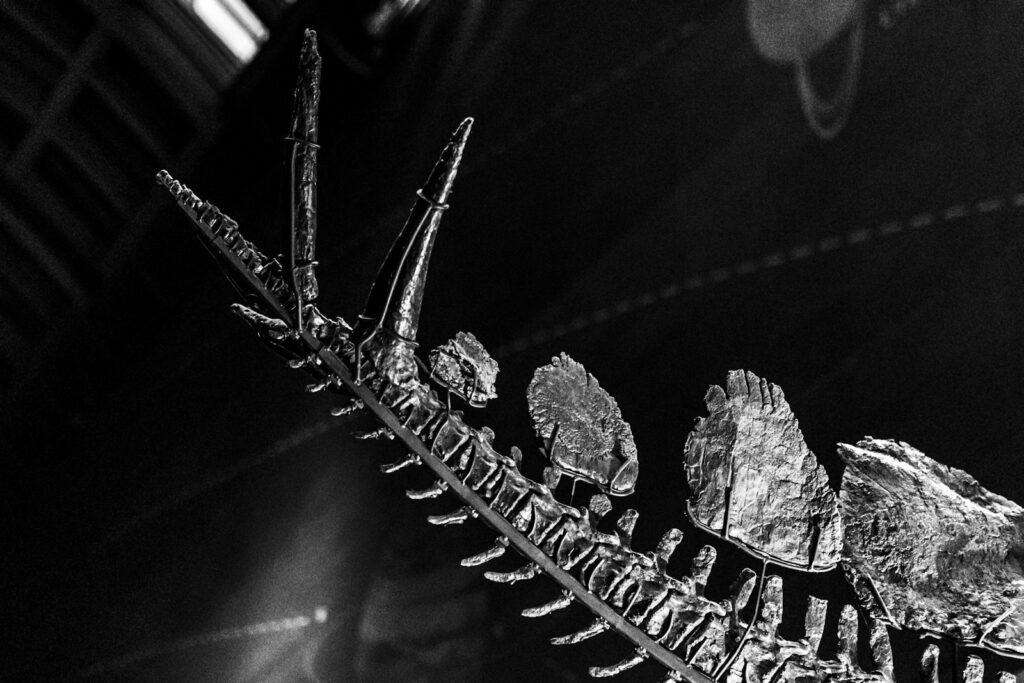
The challenges of locating, excavating, and studying dinosaur fossils have driven numerous technological and methodological innovations that benefit science broadly. Field techniques developed for dinosaur excavation, including grid mapping, plaster jacketing, and contextual documentation, have become standard archaeological and paleontological practices worldwide. Laboratory methods pioneered in dinosaur research, such as acid preparation of fossils and thin-section analysis of bone microstructure, have applications in geology, anthropology, and forensic science. The development of CT scanning applications for non-destructive analysis of fossil interiors has revolutionized how scientists can study internal structures without damaging irreplaceable specimens. These techniques, refined through decades of dinosaur research, have provided essential tools for multiple scientific disciplines investigating everything from human evolution to material sciences.
Advancing Our Knowledge of Mass Extinctions and Biodiversity
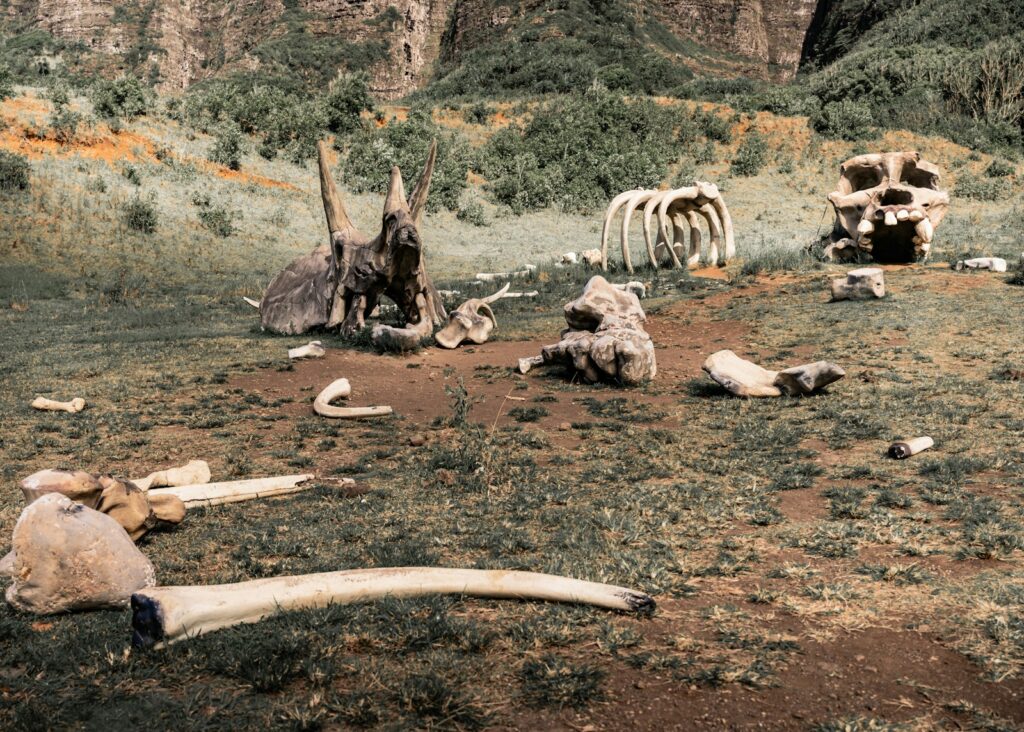
The disappearance of non-avian dinosaurs at the end of the Cretaceous period represents one of the most dramatic extinction events in Earth’s history, and its investigation has fundamentally shaped how we understand mass extinctions and biodiversity fluctuations. Luis and Walter Alvarez’s revolutionary 1980 discovery of iridium-enriched clay at the K-Pg boundary, suggesting an asteroid impact coincided with dinosaur extinction, sparked new methodologies for studying ancient environmental catastrophes. This research established the modern understanding that Earth has experienced multiple extinction events of varying causes and magnitudes throughout its history. The study of dinosaur biodiversity patterns before and during their extinction has provided crucial insights into how ecosystems respond to environmental stress, helping modern conservation biologists understand vulnerability factors in contemporary species. These insights have particular relevance today as we face a potential sixth mass extinction driven by human activities.
Pioneering Studies in Comparative Anatomy and Biomechanics
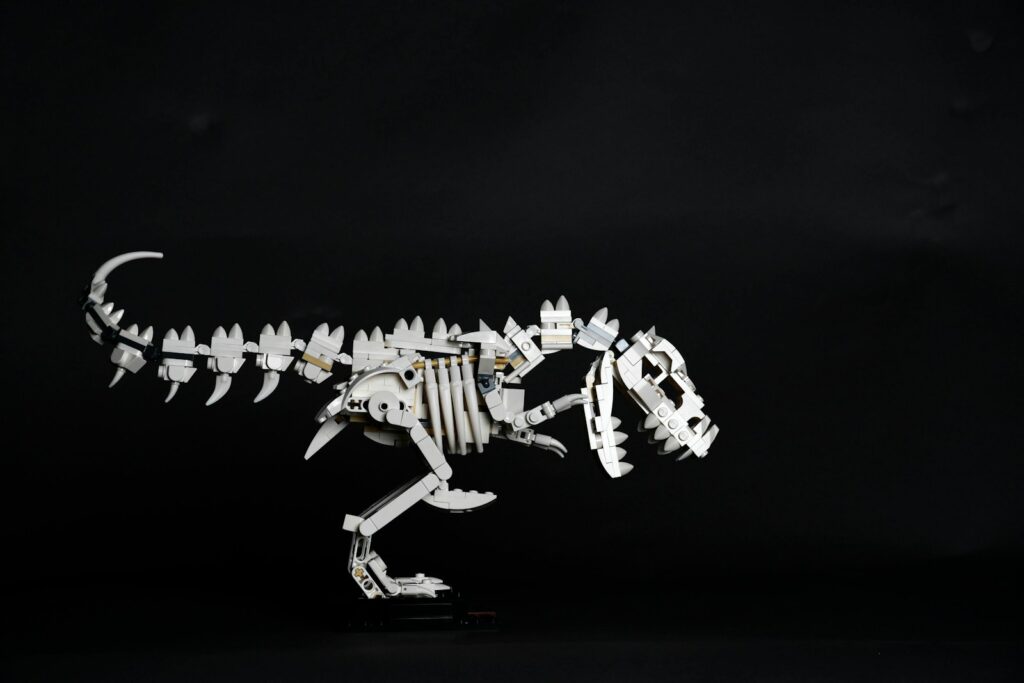
Dinosaur research has significantly advanced our understanding of vertebrate anatomy and biomechanics, with applications extending far beyond paleontology. The extraordinary size and specialized adaptations of many dinosaur species presented unique anatomical puzzles that drove innovations in comparative anatomy. Studies of dinosaur locomotion pioneered methods for analyzing biomechanics from skeletal remains, combining principles from engineering, physics, and anatomy to understand how these animals moved and functioned. These approaches now inform research in fields ranging from sports medicine to robotics design. The analysis of bone growth patterns in dinosaurs has enhanced our understanding of how body size, growth rate, and metabolism interrelate in all vertebrates. Modern medical imaging technologies were adapted and refined for dinosaur research, with techniques developed for studying fossils now applied in diagnostic medicine.
Inspiring New Perspectives on Climate Science

Dinosaurs evolved and thrived during periods of Earth’s history characterized by climatic conditions dramatically different from today’s world, providing valuable case studies for understanding climate dynamics. The study of Mesozoic paleoclimates through dinosaur-bearing geological formations has yielded crucial insights into how Earth systems operate during greenhouse conditions, with direct relevance to current climate change research. Analysis of oxygen isotopes in dinosaur bones and associated sediments has helped refine methods for reconstructing ancient temperatures that are now applied broadly in paleoclimatology. The discovery that dinosaurs flourished in polar regions with seasonal darkness challenged assumptions about climate limitations on biodiversity and adaptation. These findings continue to inform climate modeling and predictions about ecological responses to global warming, demonstrating how ancient data can provide context for understanding contemporary environmental challenges.
Transforming Molecular Paleontology and Ancient DNA Analysis
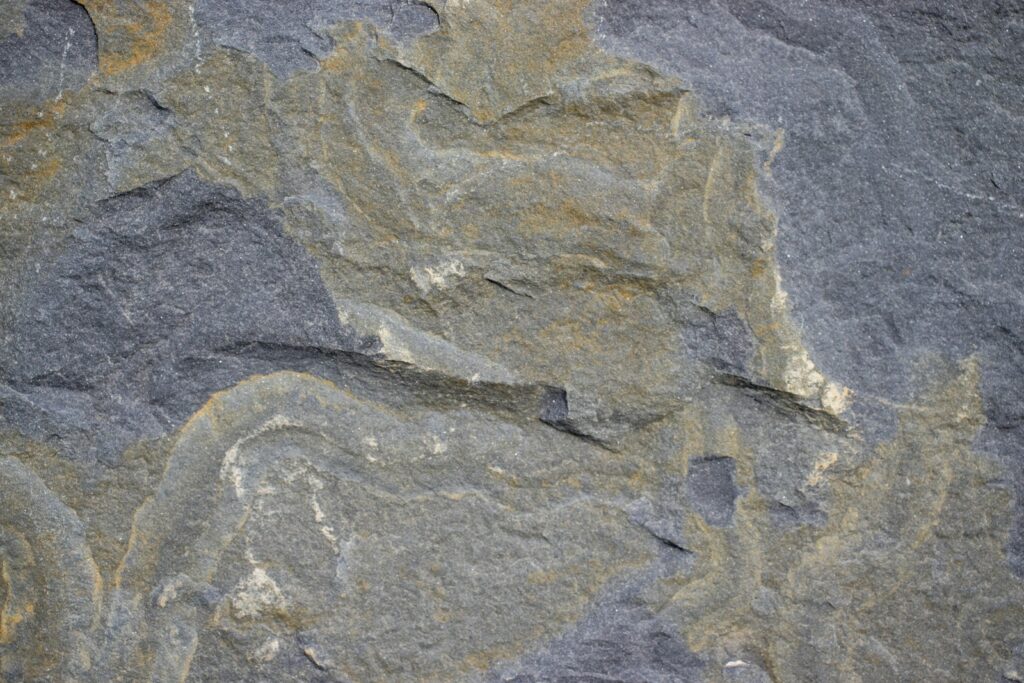
Although recovering DNA from dinosaur fossils remains beyond current technological capabilities, the quest to do so has driven remarkable advances in molecular paleontology that benefit numerous fields. Efforts to extract and analyze proteins and other biomolecules from dinosaur remains have pushed the boundaries of mass spectrometry and molecular preservation analysis. These techniques, developed for dinosaur research, have subsequently enabled successful retrieval and analysis of genetic material from more recent fossils, including ancient humans, contributing significantly to our understanding of human evolution and migration patterns. The preservation of soft tissues in some dinosaur fossils, first definitively identified by Mary Schweitzer in 2005, challenged long-held assumptions about fossilization processes and opened new avenues for studying ancient biomolecules. These discoveries have revolutionized our understanding of how biological information can survive in the fossil record, with implications for astrobiology and the search for evidence of life beyond Earth.
Establishing the Dinosaur-Bird Evolutionary Connection

The recognition that birds are essentially living dinosaurs represents one of the most profound scientific revisions of the late 20th century, fundamentally altering our understanding of evolutionary continuity. This realization emerged gradually through careful analysis of theropod dinosaurs showing progressively more bird-like characteristics, culminating in discoveries from China’s Liaoning Province of feathered dinosaurs that erased any clear distinction between non-avian dinosaurs and primitive birds. This evolutionary link forced reconsideration of how we define major biological groups and demonstrated that seemingly dramatic evolutionary transitions can occur through accumulated incremental changes. The dinosaur-bird connection provided a spectacular verification of evolutionary theory’s predictive power, as anatomical and developmental studies of modern birds increasingly revealed their dinosaurian heritage. This research continues to inform studies of evolutionary developmental biology (“evo-devo”), demonstrating how genetic regulations can produce major morphological innovations over evolutionary time.
Influencing Computer Modeling and Simulation in Science
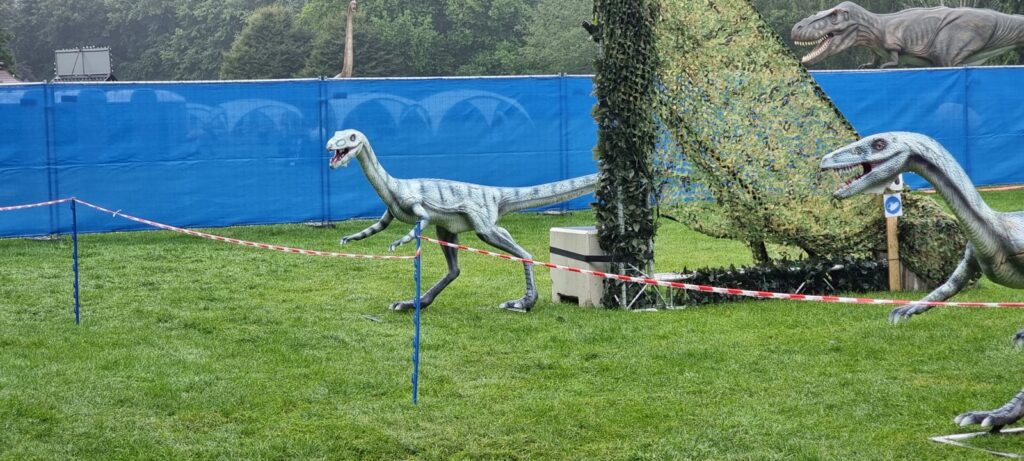
The study of dinosaurs has been at the forefront of developing sophisticated computational approaches to scientific questions that cannot be answered through direct observation. Finite element analysis, initially developed for engineering applications, was adapted for dinosaur research to model stress and strain in fossil skulls and skeletons, providing insights into feeding mechanics and locomotion of extinct animals. These computational methods now find applications across biological sciences for studying biomechanics in living organisms. The challenge of reconstructing dinosaur appearance, movement, and behavior from incomplete fossil evidence drove innovations in computer simulation that combine multiple data sources with rigorous constraints from comparative anatomy and physics. Digital dinosaur reconstructions pioneered techniques for creating accurate scientific visualizations that balance available evidence with reasonable extrapolation, approaches now standard in fields from forensic facial reconstruction to climate modeling. These computational methods have transformed how scientists approach questions that transcend the limitations of direct experimental testing.
Redefining Science Education and Public Engagement
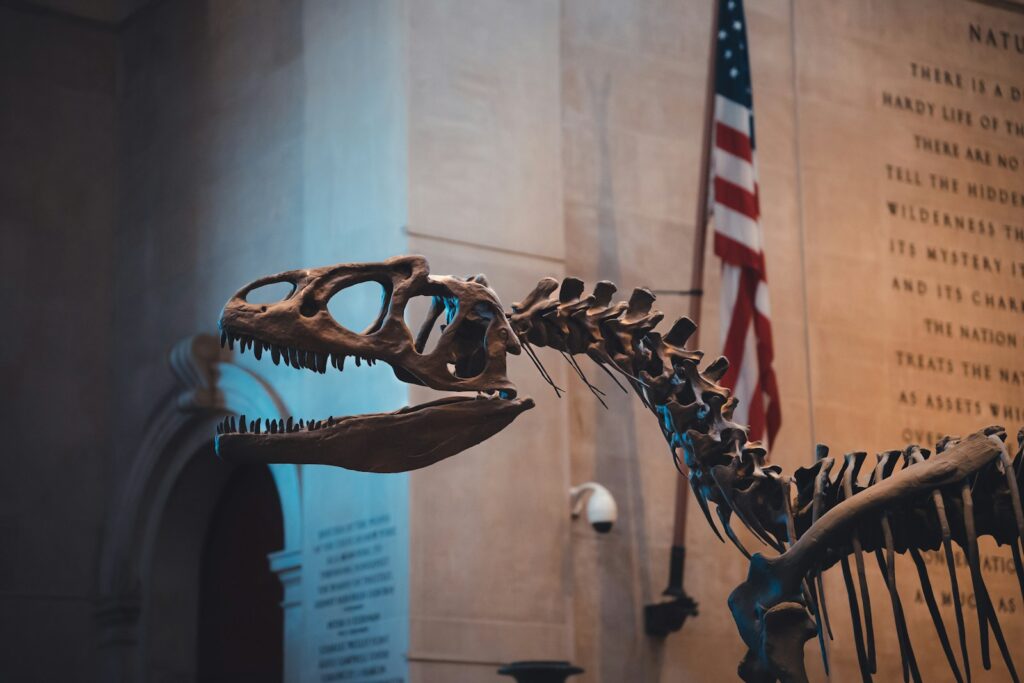
Perhaps no scientific subject has done more to captivate public imagination and draw young people toward scientific careers than dinosaur paleontology. Museums worldwide have used dinosaur exhibits as centerpieces for teaching scientific concepts, with innovations in display techniques and interactive learning developed for dinosaur exhibitions now standard practice in science education broadly. The inherent interdisciplinary nature of dinosaur research provides ideal opportunities for teaching integrated STEM concepts, demonstrating how different scientific fields interconnect to address complex questions. Dinosaur discoveries consistently generate media coverage that introduces the public to scientific methods and the process of revising theories based on new evidence. The accessibility of dinosaur science has created models for how other scientific fields can effectively engage public interest while maintaining intellectual rigor, demonstrating that scientific complexity need not be a barrier to public fascination and understanding when communicated effectively.
The scientific legacy of dinosaur research extends far beyond our understanding of these magnificent extinct creatures. From revolutionizing how we conceptualize Earth’s history to developing cutting-edge analytical techniques, from bridging scientific disciplines to transforming public engagement with science, dinosaurs have shaped modern scientific practice in profound and lasting ways. As research continues with increasingly sophisticated methods, these ancient reptiles continue to yield new insights and drive scientific innovation. The journey from fossil discoveries to comprehensive theories about prehistoric life has not only reconstructed a lost world but has fundamentally altered how we approach scientific questions across disciplines. Dinosaurs, extinct for 66 million years, thus remain very much alive in the methodologies, perspectives, and collaborative approaches that define contemporary science.


